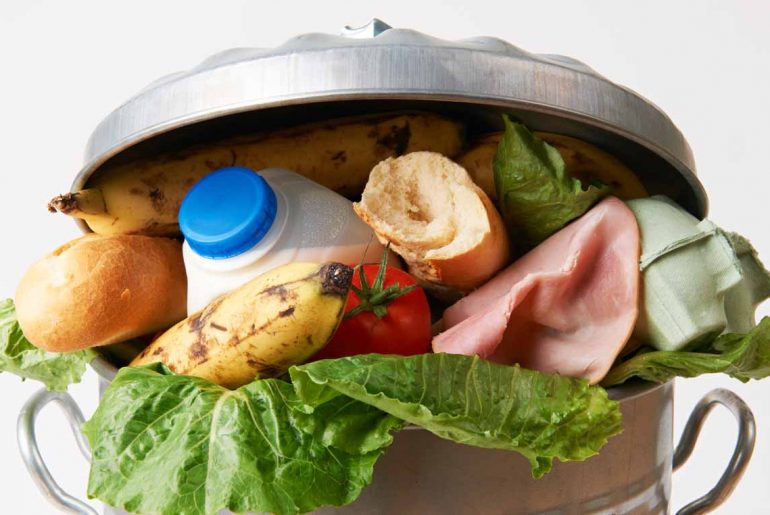We know food waste is a huge problem. As a nation, we end up wasting nearly $220 BILLION growing, transporting, and processing the 70 million tons of food that goes to waste. In an effort to better understand why we’re throwing away so much food, researchers at Ohio State University set out to uncover what’s really going on in our households.
According to a recent study, our biggest problem is misunderstanding food labels. Consumers get stuck on the wording around expiration dates and end up throwing food away that is still, in fact, safe to eat.
“People eat a lot less of their refrigerated food than they expect to, and they’re likely throwing out perfectly good food because they misunderstand labels,” said researcher Brian Roe.
The study will be published online this month and will appear in the November issue of the Resources, Conservation & Recycling journal.
The study found that consumers expected to eat 97 percent of the meat in their refrigerators, but really, only ended up eating about half.
When it came to vegetables, things were even worse. People expect to eat about 94 percent — reasonable considering produce can prematurely spoil. Yet, in reality, just 44 percent of produce gets eaten.
The same went for dairy. Participants projected they’d eat 84 percent of the dairy items in their fridge, but only consumed 42 percent.
Leading reasons for throwing out food included safety concerns driven by odd odors, appearances, and dates on labels.
“No one knows what ‘use by’ and ‘best by’ labels mean, and people think they are a safety indicator when they are generally a quality indicator,” Roe said.
Roe added that there is a proposal currently before Congress suggesting more standardized labeling rules to help with clarity.
Under the proposal, Roe said, “Best if used by” would be replaced with “Follow your nose.” “Use by” would be replaced with “Toss it by.”
In the meantime, here are some easy ways to create less food waste at your home:
How to create less food waste in your home
- Grocery shop for smaller amounts of food, more often. If you have the opportunity to go to the store and purchase only what perishable items you’ll need for 2-3 days, you’ll likely waste less food and save money overall.
- Take time to plan. Consider what you have in your fridge that’s going bad soon and plan meals around that.
- Do a weekly inventory of your refrigerator and a bi-monthly inventory of your pantry. Move items that are nearing their expiration or “use by” date to the front.
- Take turns cooking with neighbors. If you have a few friends on your block, consider each picking a night of the week to cook for everyone. That way, you can save money by buying in bulk, and your fridge isn’t filling up with half-used containers of odd condiments or ingredients.
What other ways do you reduce your food waste? I want to hear your ideas. Write me at rodgersm22@gmail.com!
Also see, Healthy eaters create more food waste. Here’s what you can do.




